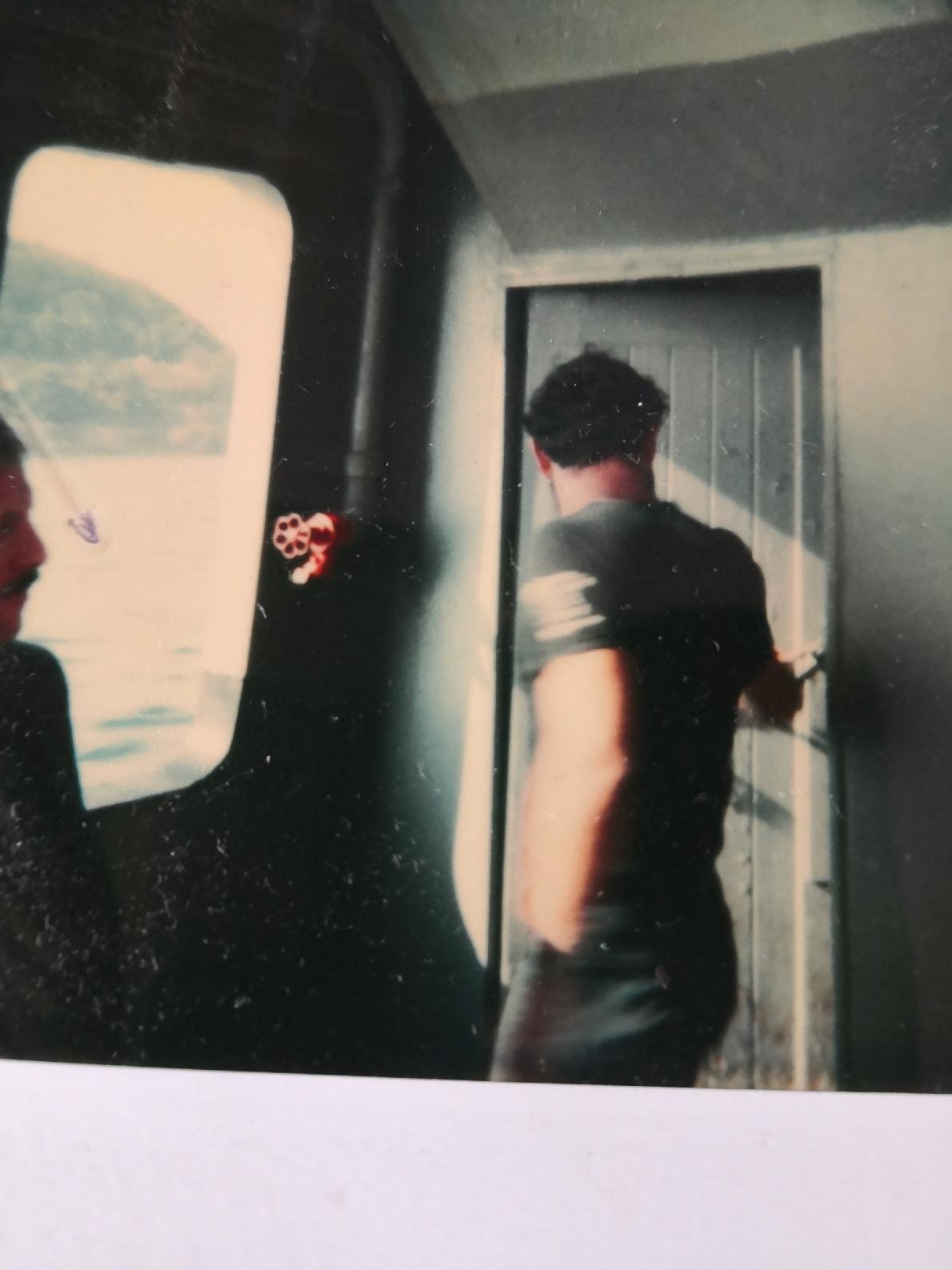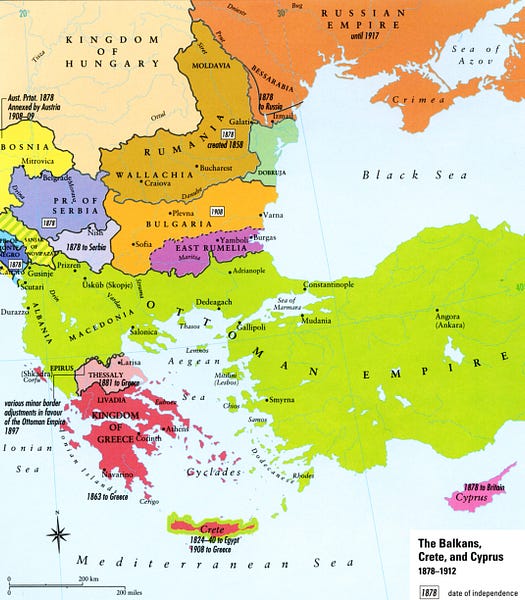
AsianOverland.net
Tour Guide - Itinerary
Asian Overland Sydney to London
Started 22/06/2022 Finished 21/06/2023365 Days ITINERARY
Day 190 date 28/12/2022BRINDISI, ITALY to CORFU, GREECE
ASIANOVERLAND.NET WINTER EUROPEAN DAY 17/190 : LEUCA – BRINDISI TO CORFU, GREECE
“DAY 17, 28/12/80 LEUCA – WONDERFULE SCENERY – BRINDISI – CORFU (TAKE 2)
LOST 2ND SOCCER BALL IN MEDITERRANEAN (OR IONIAN) SEA.
CHRIS TO RECEIVE DALE AWARD FOR THIS FEAT.
Entertained two young spunks from the local USAF base. Used our second language, English, so that we could converse. Flex was quiet when they saw his “cross & beads” & said that they were religious (They wouldn’t have taken it as a joke).
Q. How long does it take the Italians/Greeks to load 3,000,000 passengers on board the APPIA using only a single doorway and 3 check points?
- Too f...ing long!”
Roman economic and military influence in the Adriatic Sea grew with the creation in 246 BC of a major naval base at Brindisi, which was built to exclude Carthaginian ships from the Adriatic Sea.
An initial Roman intervention in 229 BC was the first time the Roman navy crossed the Adriatic Sea as part of a military campaign. However, local resistance to Roman rule across the Adriatic continued until Augustus' general Tiberius put down the Great Illyrian Revolt from 6 to 9 AD. Following the repression of the revolt, the Roman province of Illyricum was split into Dalmatia and Pannonia. Most of the eastern shore of the Adriatic was part of Dalmatia.
During the Roman period Brindisi, on the western shore, and Durrës in Albania on the eastern shore, became important ports. Brindisi was linked via the Via Appia road to the city of Rome (where else? ... all roads lead to Rome).
By 130 AD the Romans had extended eastward across the Balkans to Byzantium (Constantinople, now Istanbul). This made the sea passage across the Adriatic between Brindisi and Dalmatia part of the primary route for trade and troop movements between Rome and the East. This route played a major role in some of the military operations which ended the Roman Republic.
During Caesar's Civil War, there was a three-month delay in Caesar's Balkan campaign against Pompey due to winter storms on the Adriatic and a naval blockade. Marc Antony and Octavian (later Augustus) eventually crossed the Adriatic with their armies in their campaign against two of Caesar's assassins, Brutus and Cassius, leading to the Battle of Philippi.
Byzantine Dalmatia on the east coast gradually shrunk following Croatian invasions starting in the 7th century. The Republic of Venice was founded and went on to become a dominant maritime power after receiving a Byzantine tax exemption in 1082.
The establishment of an independent Kingdom of Croatia and the the Papal States were carved out of the area around Rome and central Italy in the 8th century.
In 1202, the Fourth Crusade was diverted to conquer Zadar in Croatia at the behest of the Venetians—the first instance of a Crusader force attacking a Catholic city - before proceeding to sack Constantinople.
The Norman conquest of southern Italy ended the Byzantine presence in Apulia and southern Italy in the 11th and 12th centuries, and the territory became the Kingdom of Naples in 1282.
In the 13th century, Venice established itself as a leading maritime nation, until the 1381 Treaty of Turin required Venice to renounce claims to Dalmatia, after losing the territory to Hungary in 1358. The Republic of Ragusa was established in Dubrovnik as a city-state after it was freed from Venetian control.
The 15th and the 16th centuries brought the Byzantine Empire's destruction in 1453 and the Ottoman Empire's westward expansion, reaching Adriatic shores in present-day Albania and Montenegro, as well as the hinterland of the Dalmatian coast, defeating the Hungarian and Croatian armies in 1493 and 1526.
The Holy Roman Empire's control over the Kingdom of Italy lasted until the Peace of Westphalia in 1648.
© This work is copyright. Apart from any use permitted under the Copyright Act 1968, no part may be reproduced by any process, nor may any other exclusive right be exercised, without the permission of Peter Searle, peter@portseavillageresort.com; 1980-2024.
Website built by Justin O’Dea www.webdeveloperdocklands.com.au


.jpg)


